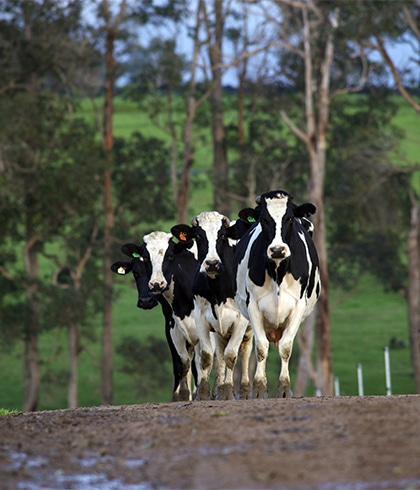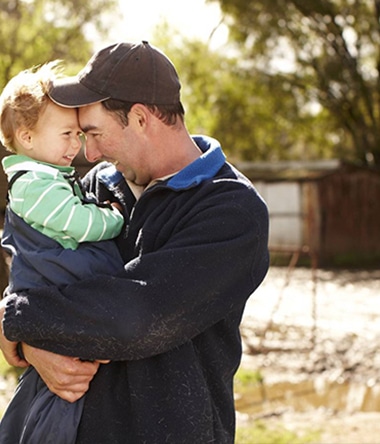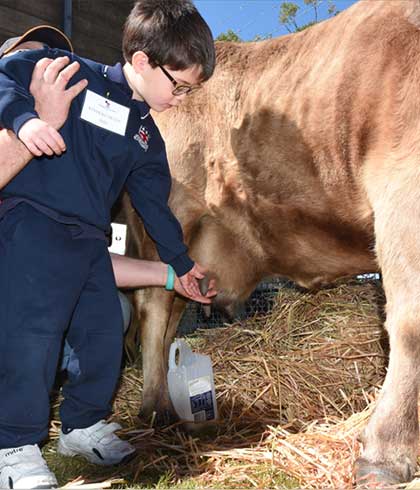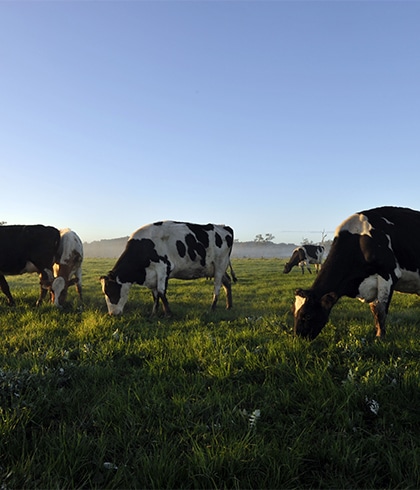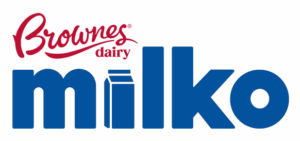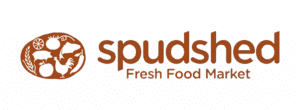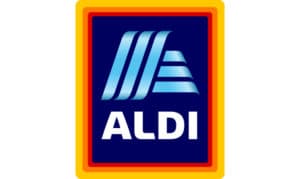About our cows
There are over 1.6 million dairy cows in Australia, made up of a variety of different breeds.
The majority of dairy cows here in Australia are Holsteins (also known as Friesians), which are the breed most Australians would be familiar with:
- Black and white in colour
- Bulls can stand over 1.8m tall and weigh over 1 tonne, while cows can be over 1.5m tall and weigh over 600kg
- Holsteins can produce up to 10,000 litres of milk a year, that’s nearly 14 cartons of milk every day!
Because cows are not native to Australia, they dislike the hot weather. This is why the majority of dairy farms are located in the cooler regions of WA, like the South West.
Our cows are important to us
At Brownes Dairy, we love all of our cows and their wellbeing is paramount to us. After all, healthy and happy dairy cows produce the best milk.
All our farmers follow strict animal welfare and food safety requirements.
Our dairy cows are identified with a unique ear tag which allows farmers to monitor the health of each cow regularly. Dairy farmers are incredibly skilled at identifying sick cows, closely observing them and administering preventative treatments.
If any sick cows are identified, they are separated from the herd until they are healthy again. Their milk is also quarantined.
So how do we look after them?
Here are just some of the ways our farmers care for our cows:
- Ensuring a safe & hygenic milking environment;
- Monitoring health twice-daily during milking;
- Disease prevention measures (including vaccinations);
- Nurturing their recovery after giving birth;
- Maintaining farm facilities and environment to minimise injury risk; and
- Providing an environment that respects and promotes normal cow behavior, like being free to roam and graze.
What do cows eat?
Just like humans, the health, energy and wellbeing of a cow depends heavily on them getting a balanced and nutritious diet. A cow’s diet can also affect how much milk she produces. There are five types of food that usually comprise a dairy cow’s diet:
- Pasture (by far the largest part of a dairy cow’s diet, comprised of grasses and high protein legumes);
- Hay (dried pasture);
- Silage (pasture harvested while still green and high in nutrients);
- Grains (cereals such as barley and wheat, which are high in energy and help milk production); and
- Forage crops (special crops grown for grazing in the summer).

